My first year of bowhunting was filled with mistakes. Unfortunately, you don’t get many do-overs in the outdoors, but if I only knew then what I know now…well, I guess we could say that about a lot of things in life. At least I learned from those mistakes, and although the little failures were tough to swallow at times, they did make me a better bowhunter.
I didn’t have a bowhunting mentor. My dad bowhunted around the time I was born and gave it up not long after. Everything I learned was based on experience gained every time I went into the woods.
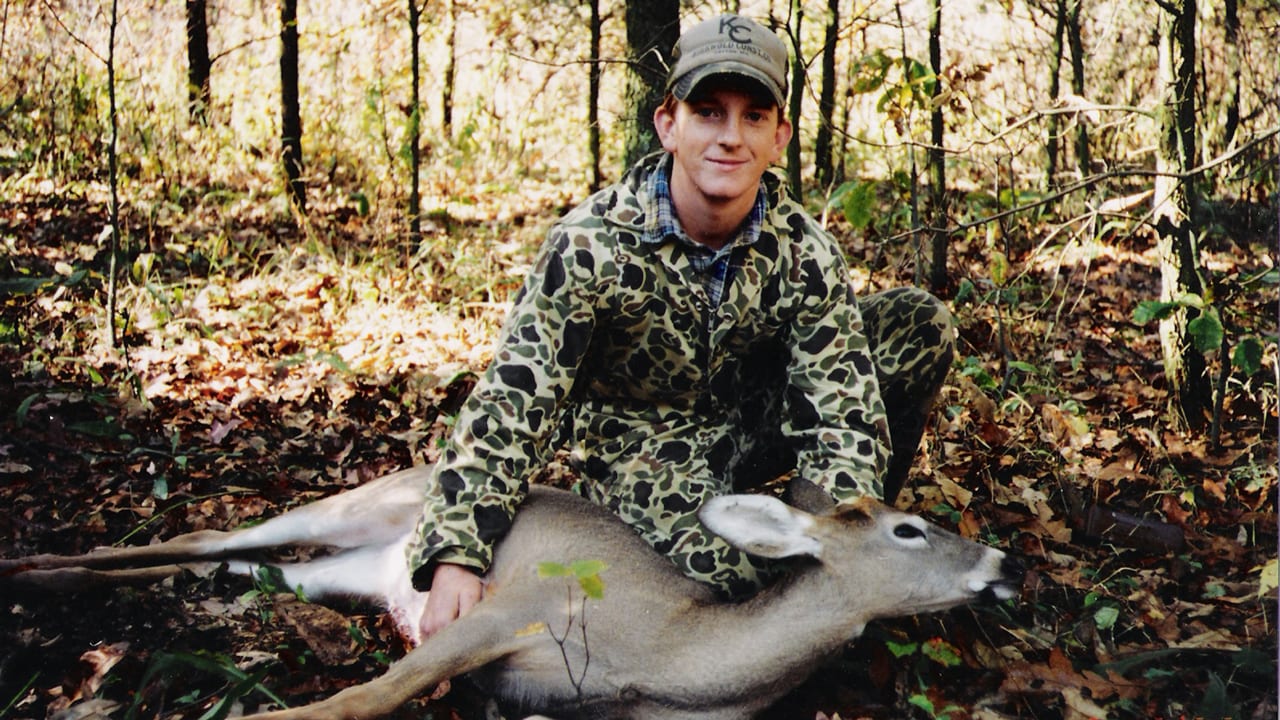
Looking back, there were a few things I wish I’d known from the beginning. They may have shortened my learning curve, or not – sometimes you just have to figure things out for yourself. But if nothing else, they’d have made me realize that all beginning bowhunters make many of the same mistakes. So here’s my advice to you to get you on the right track.
Buy Used Archery Equipment
Any time someone picks up a new hobby, there are certain start-up costs that are to be expected. I’ve often heard folks say that hunting is one of the more expensive hobbies to get into, but is that really true? What does it cost to be a successful hunter?
I can tell you what it cost me. I bought my neighbor’s used bow for $60. I bought new arrows and broadheads for roughly the same amount. I wore my dad’s old, one-piece camouflage suit from the 1970s. I started out hunting on the ground, no treestand because my parents thought they were too dangerous. I saw it as a disadvantage, but no treestand actually forced me to learn about concealment and wind direction a lot quicker than if I’d have been able to get off the ground.
I may have bought a few other gadgets, too – a release, a grunt call, scent eliminating spray. All told, I had less than $200 invested into my first bow season. That’s a whole lot less than parents or kids are spending on video game consoles, games, and other electronics today. Heck, it was even a lot less than they were spending on those items back then!
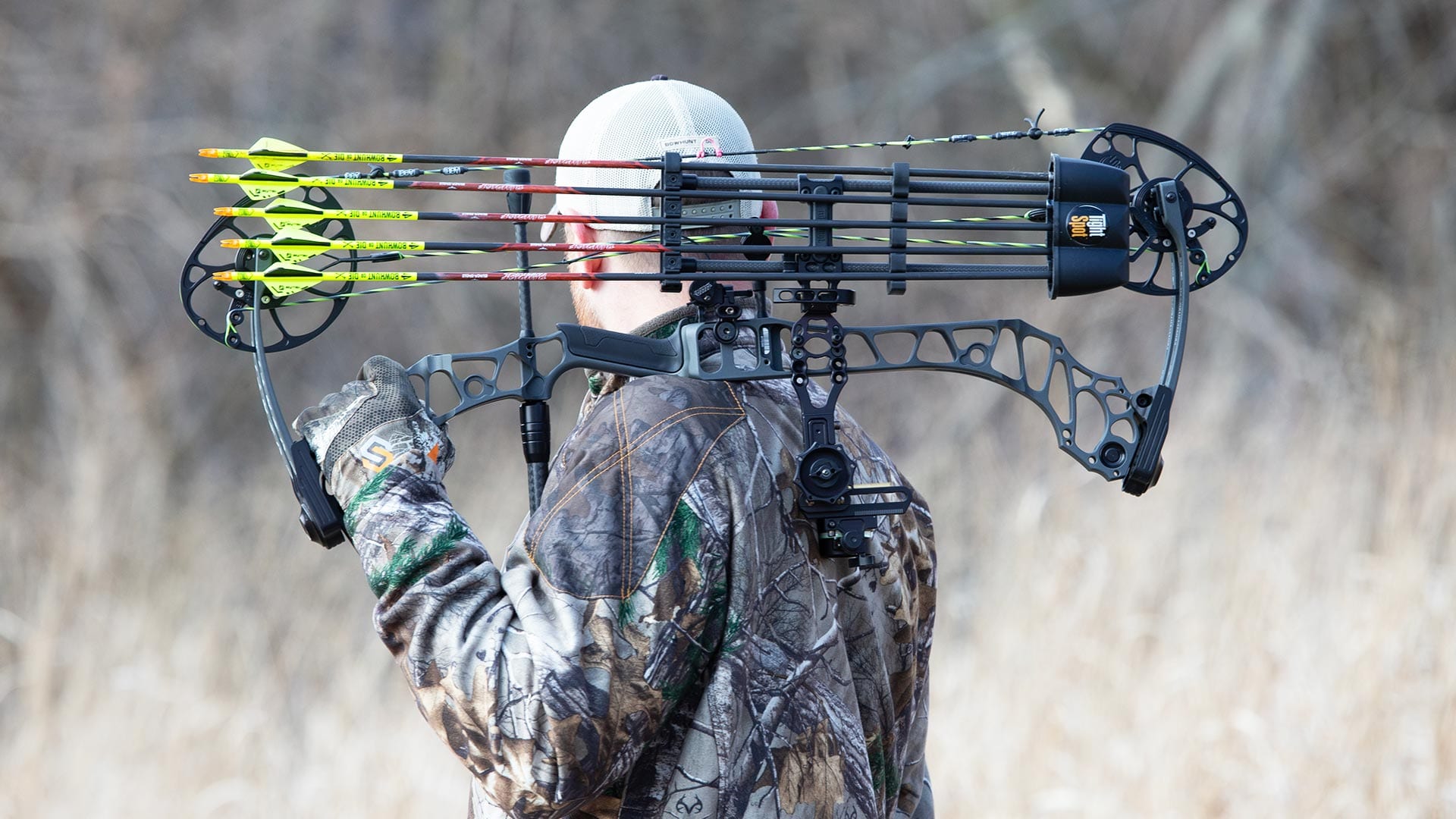
Price is relative, of course, and times have changed. I hate to be that old guy running around telling everyone how cheap things were “back in my day.” But my point is, you can still buy used bowhunting gear for a fraction of what new costs. And the used gear that’s available today is a lot better than that old Jennings I bought years ago.
Go to the right yard sales or online marketplaces and you can find enough camouflage clothing to get you started for only a couple bucks. You may even find an old treestand if you’re lucky. I killed my first four deer with that old bow before I retired it. By then I was 18 and had a decent job and could afford something new.
Know Your Effective Range
I’d wager that the single biggest factor regarding hits or misses has nothing to do with equipment, shooting skill, or anything else. It has to do with knowing the range. After all, how do you know which pin to use or where to aim unless you know how far you’re shooting?
If you can afford it, a rangefinder is a great investment. If the budget won’t allow the expense, then spend a few moments at your stand location and pace off twenty yards in several directions to a distinct tree or bush that you can use as a reference. The ultimate goal should be to take as much guesswork out of the shot as possible, and that’s what successful hunters do best.
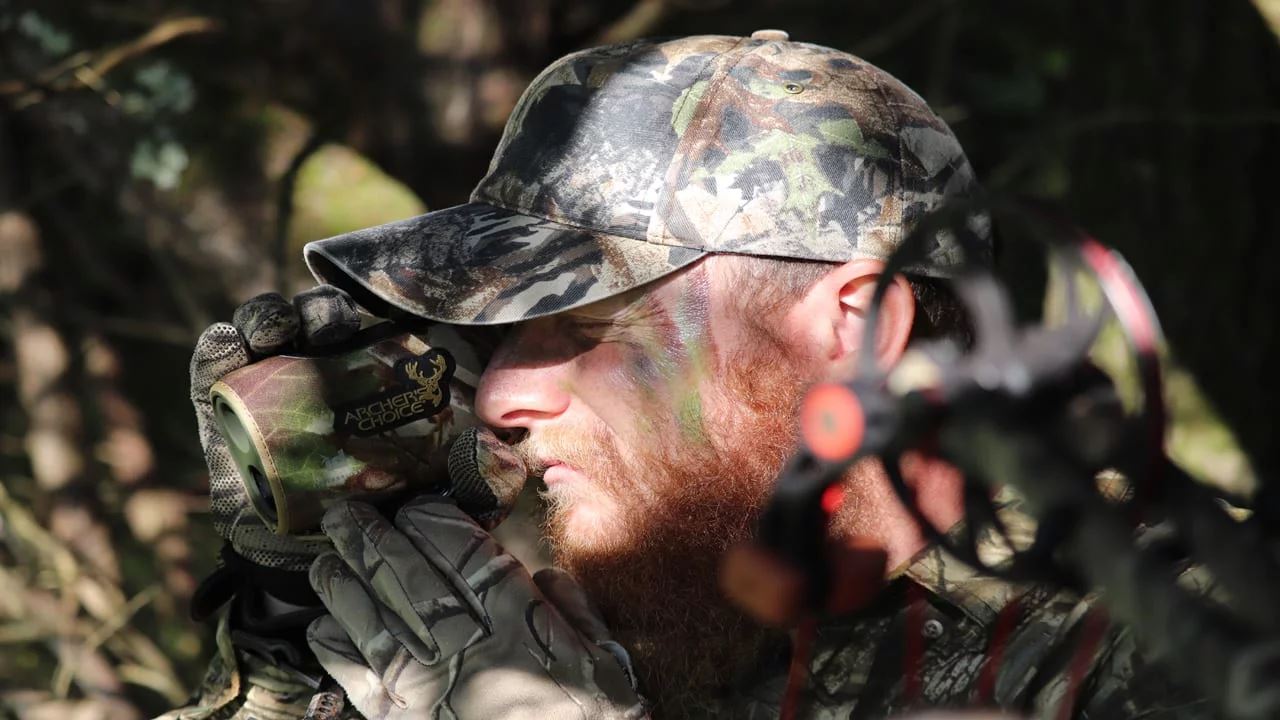
Knowing your range also refers to knowing your effective shooting range. Sure, we all like to think we’re experts with stick and string and can make any shot out there, but responsible hunters know their limitations. On the range, in a controlled backyard environment, drilling that 10-ring is easy at 30 yards, maybe even 40 yards. But once you add in conditions such as wind and weather, buck fever, and even the bulkiness of your hunting clothes, that can change. Now, 30 yards might seem like a bit more of a challenge.
Whenever possible, practice under “real-world” circumstances. Wear your hunting clothes once in a while, shoot in the back yard when it’s windy or raining. Most of all, be honest with yourself. At what range can you make a lethal shot every time? Only you can answer that, but it’s the difference between being a careless or a responsible bowhunter.
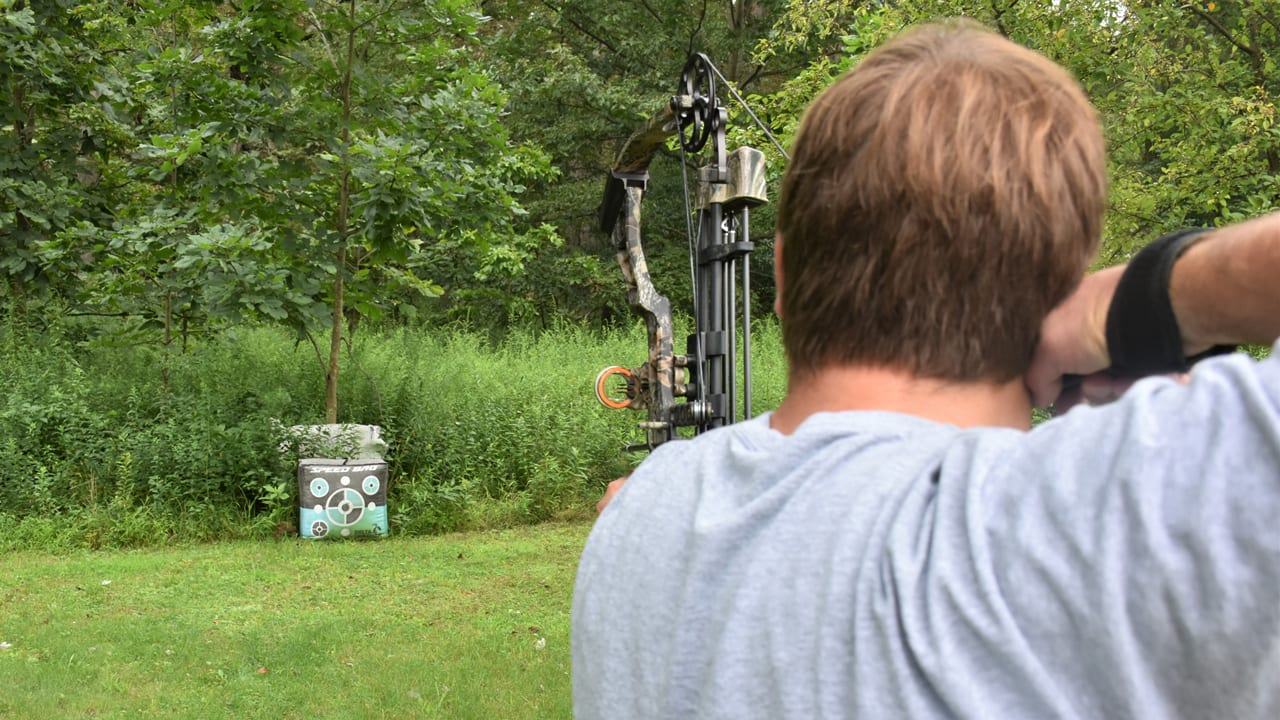
Get Involved
My next piece of advice for new bowhunters is to just get involved. Join a bowhunting club, volunteer on workdays, go to shoots, and participate in various events. Veteran bowhunters enjoy seeing young blood picking up the sport, and you’ll be surprised at how many of them offer to help you along your hunting journey.
Associating with other bowhunters also teaches us that everyone makes mistakes, even those who’ve been hunting for 30 years. That’s the great thing about hunting. You never stop learning, and no matter what, there’s always more to learn. Don’t get disgruntled or take failure personally. Rather, learn from your mistakes and know that, in due time, success will come.
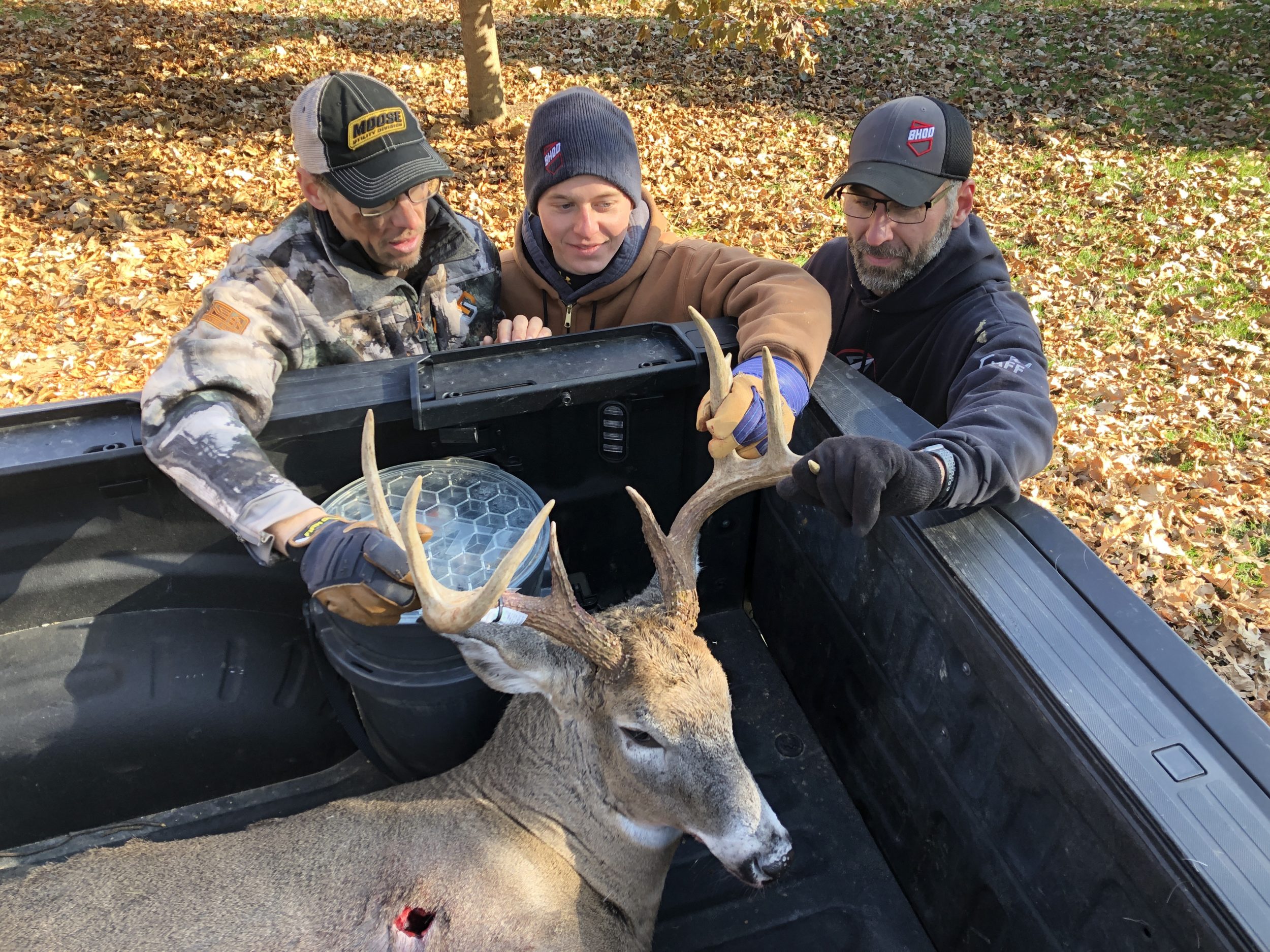
I was lucky to grow up less than half a mile from an archery shop. I rode my bike there after school and on weekends, talked to the owner and other customers, and gleaned whatever knowledge I could. In time, I made friendships. I listened to their stories and they listened to mine. They made me feel like I belonged. All of it helped shorten the learning curve, but most of all, it felt good to be part of a community.
Start Small
Big, mature whitetails are awesome animals, but don’t expect to march right out into the woods and kill one on your first sit. In fact, don’t expect to even see a deer your first few times hunting.
It’s easy to believe that if we’ve spent all summer practicing and scouted out a good spot for our stand, then success should come quickly and easily. But it doesn’t always work that work. Deer have their own schedules, and they don’t give a hoot about your plans. They’ll show up when they’re good and ready, if at all.
Early on, keep your hunts short, maybe a few hours in the morning and a couple more in the evening right before dark. Avoid all-day sits. If this is your first bowhunting experience, you don’t want to spend it bored all day in a treestand. Whitetails are crepuscular animals that move best during the first and last couple hours of daylight. Base your hunting around these times, too.
Also, don’t be picky about your first deer. There’s nothing wrong with tagging out on a doe or a small 6-point just to get some experience under your belt. Trust me, the thrill you experience harvesting your first deer won’t change based on the size or age of the animal in question.
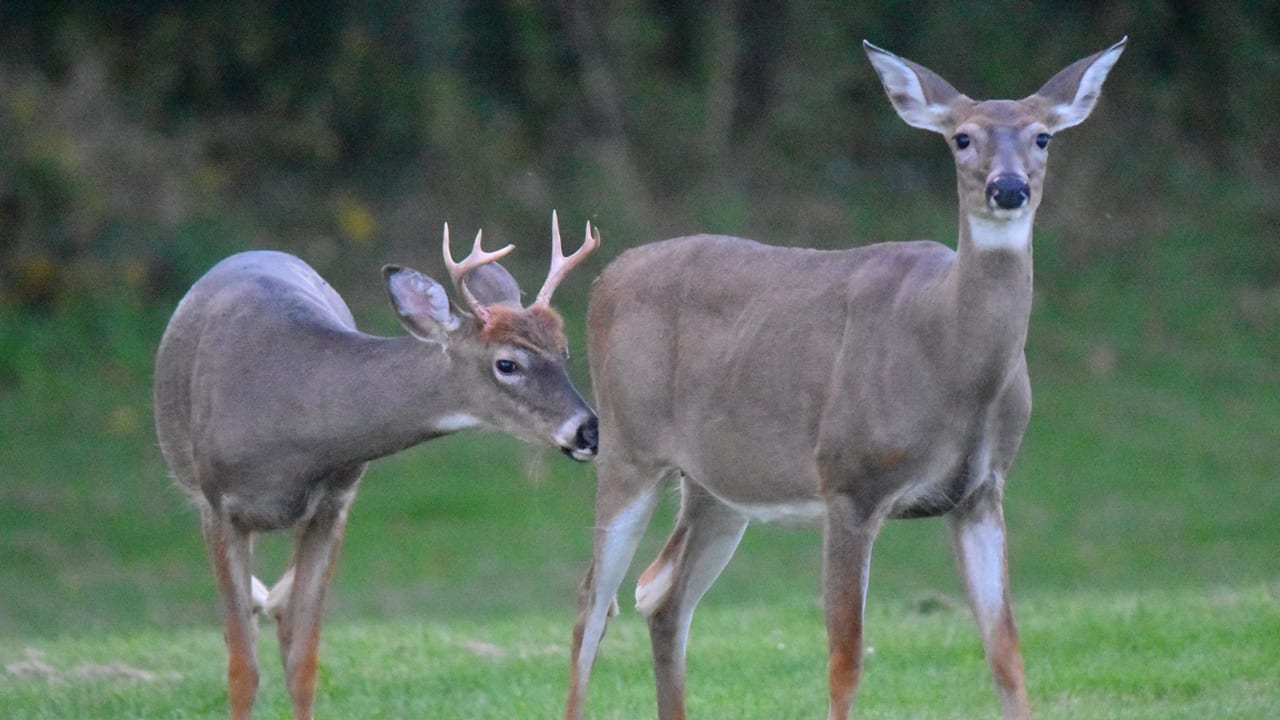
You Have Time
I remember the first buck that ever came into range. I was hunkered down behind a big oak and a beautiful 8-point strolled by, slightly uphill, only 15 yards away. Instead of waiting until his head got behind a tree to draw my bow, I made the mistake and drew.
The buck saw me. A small sapling blocked his vitals as I had my first staredown with a whitetail, which he won.
I got such a bad case of buck fever that my bow started shaking. Besides, I’d never practiced drawing and holding my bow for that long before, and my arms were getting tired. The deer bounded off and I was heartbroken. It was the morning of my 16th birthday, and what a present that would have been!
This may be one of the most important pieces of advice I can give any new bowhunter. No matter what, you almost always have more time than you realize to get into position, draw your bow, and take the shot. Don’t rush things. The more you hurry, the more opportunity there is for something to go wrong.
Today, when I see movement in the brush, I force myself to stop, take a breath, and get a visual on the animal. I note the direction the deer is heading and where my shot opportunities are likely to come. After that, I don’t rush things, and just let them unfold on their own.
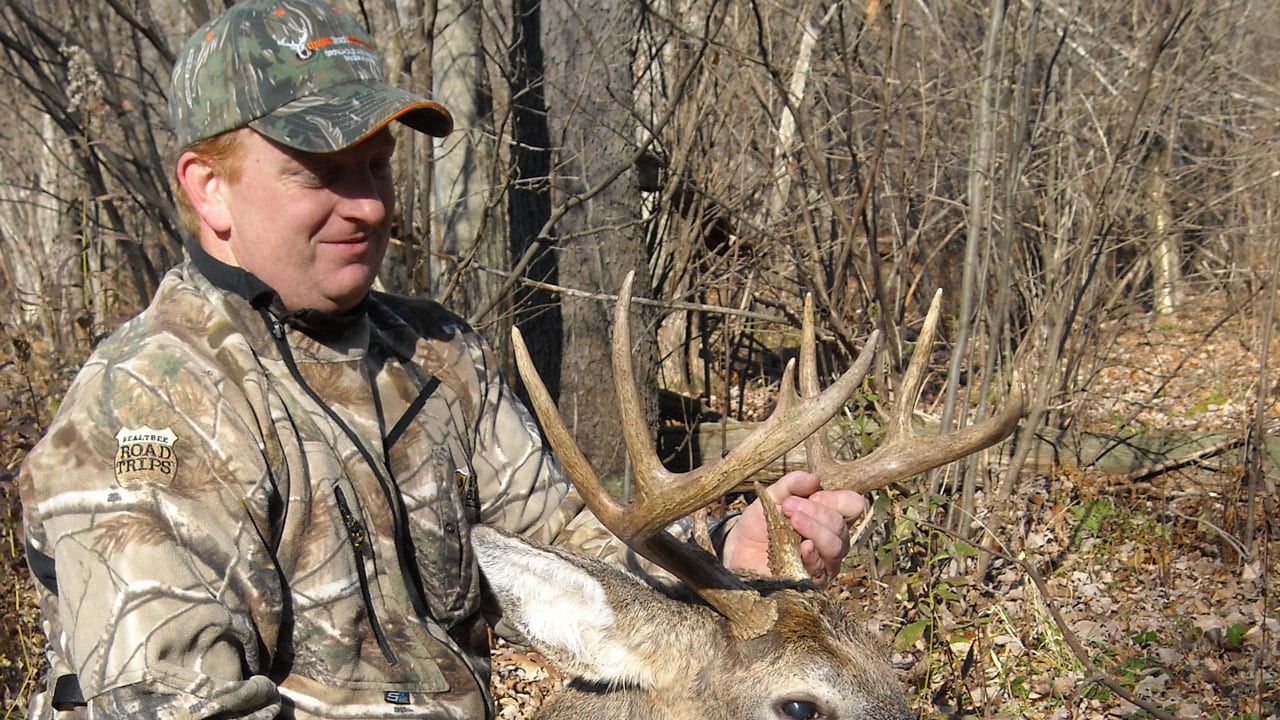
Buck Fever is Real, Embrace It
Buck fever? Oh yeah, you bet it’s real! And if you’re a new bowhunter who doesn’t get even a tad of the fever, I’d have to question why you even want to hunt in the first place. The animals we hunt are magnificent. Look at a photograph of a fully mature, 4 ½-year-old buck. He’s the image of grace and beauty. Of course it’s going to be a little intimidating looking through your peep sight at him! And that’s a good thing.
If you’re lucky, buck fever will always be a part of your life. If you’re even luckier, you’ll learn how to keep it under control enough so that it doesn’t negatively impact your shot.
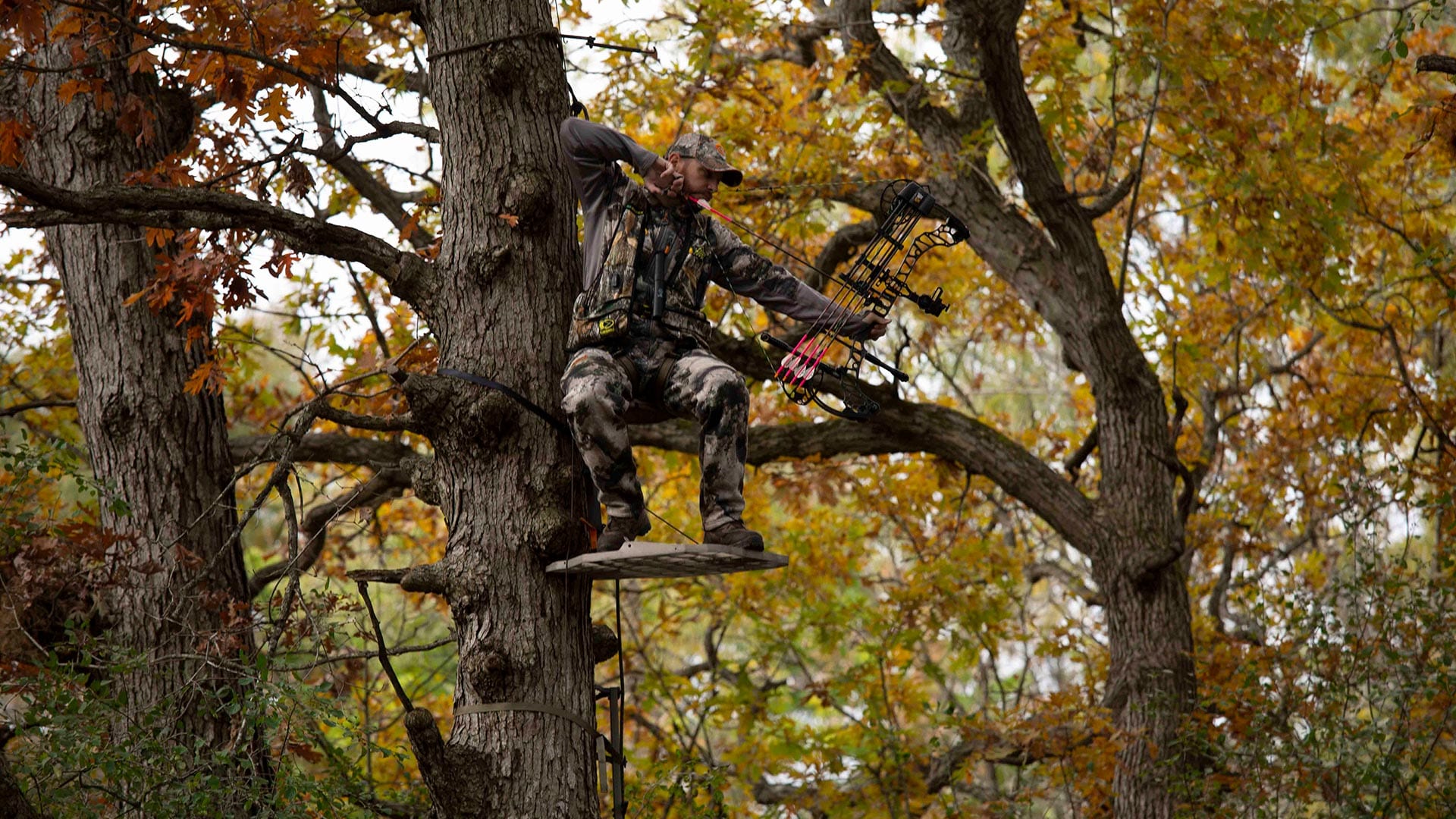
For me, it was a matter of gaining experiences and putting my tag on some deer. If you’re new to the sport, hone your skills on antlerless deer. Spend as much time in the treestand as possible observing deer. The more encounters you have with whitetails, the better you’ll be able to keep your nerves under wraps when the one you want shows up.
Also, never stop practicing. Every time you shoot your bow, you build muscle memory. Your body knows what to do, it’s just that your mind often gets in the way. So much of buck fever is a result of thinking too much, especially in regards to taking the shot. But if you keep up on your practice and stay sharp and confident, the shot will come naturally and you won’t even have to think about it.

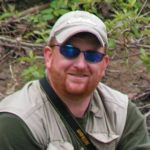 By
By 



